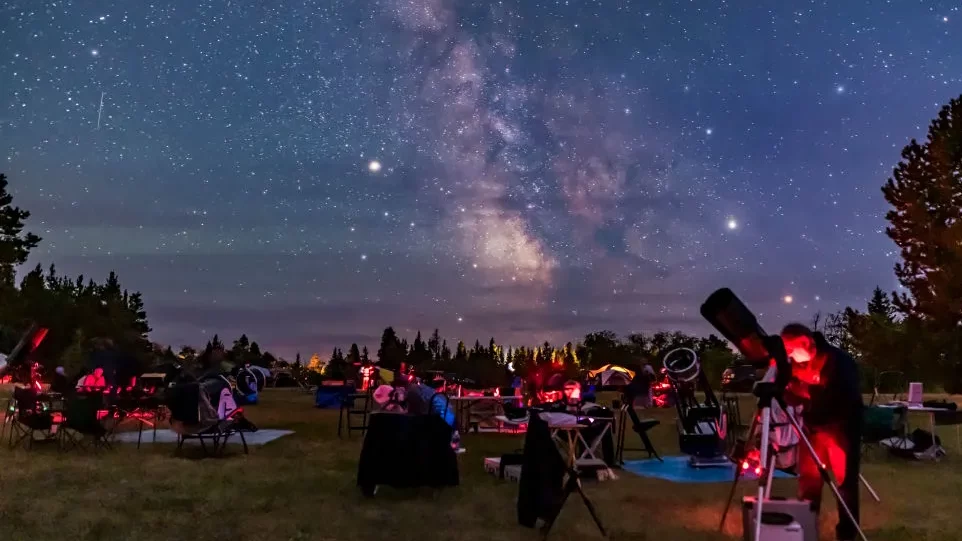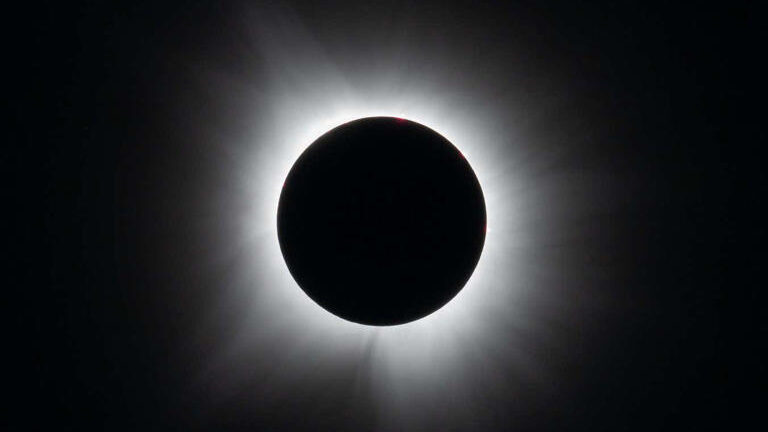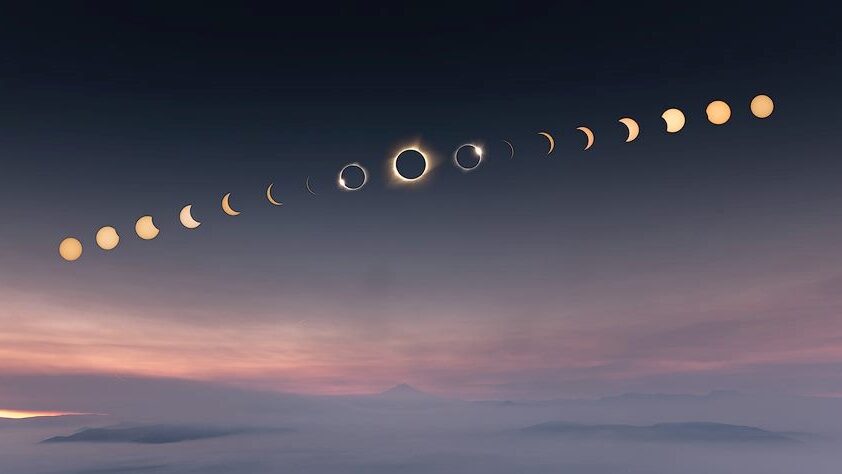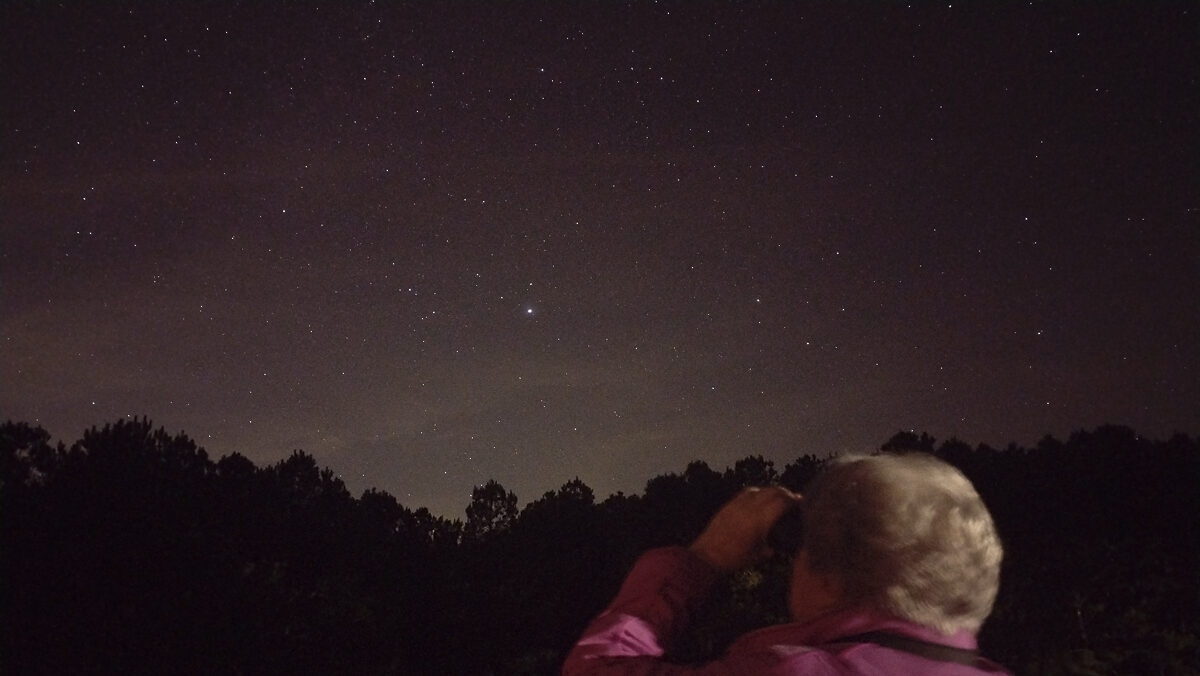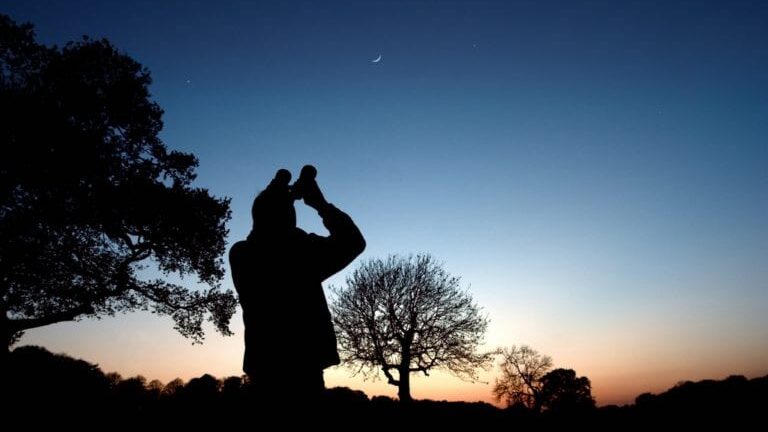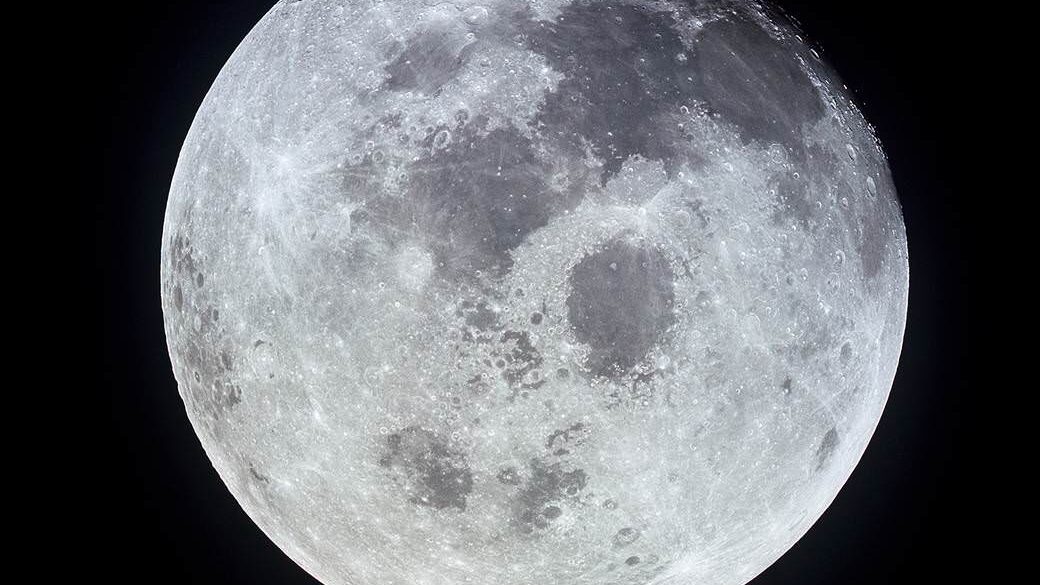Planets, Stars, The Moon and Meteor Showers
There is so much variety in the sights you can enjoy when skywatching. Many are easily observable with the unaided eye, though a pair of binoculars or a small telescope open up even more possibilities. And because what’s up in the sky changes from month to month, there’s always something special to experience at any time of year. Here’s advice from NASA about what to look for in the sky: planets, stars, the Moon and meteor showers, some of the most common skywatching sights to see.
Planets – Five planets in our solar system are easily observed without a telescope: Mercury, Venus, Mars, Jupiter and Saturn. Uranus is just barely visible for those with excellent eyesight under dark-sky conditions, provided you know where to look. The planets appear to move across the sky, against the background of the much more distant stars. Planets appear as bright or brighter than most stars, and unlike stars, they tend to glow with a steady light, where stars often flicker.
Stars – Most of the brightest stars are relatively nearby in space – that is, within a few hundred light years of the solar system. While there are a couple hundred billion stars in our galaxy, the Milky Way, we only see a few thousand of the nearer ones when we look into the night sky with our eyes. Stars are spread all across the canvas of the sky, but they appear denser in places. For example, there are clusters of stars, like the Pleiades, and the region of the sky where the band of the Milky Way appears is much more densely packed. And because our brains are especially good at finding patterns, we also observe groupings of stars that form constellations and asterisms.
> What are asterisms? What’s the difference between asterisms and constellations?
The Moon – Earth’s Moon is a constantly changing celestial sight, from night to night. It goes through phases each month, waxing as it becomes full, and waning as the full moon shrinks back to a crescent. The Moon’s changing illumination causes different features on its surface, like craters and mountain ranges, to appear more prominently as they become highlighted along the day-night dividing line, called the terminator.
> More about the Moon’s phases
Meteor showers – Meteors are tiny bits of rock and dust shed by comets and asteroids in debris trails as they orbit our Sun. Every year, at about the same time, our planet passes through the same debris trails, causing the annual named meteor showers. Some of the best known showers, like the Perseids and Geminids, and can wow spectators with dozens of meteors per hour at their peak. Other showers are more tame, and you may only observe a few shooting stars in a couple of hours of staring up at the sky. Showers can be variable from year to year, and the phase of the Moon has a large impact, with a brighter Moon washing out most of the fainter meteors.
Source: NASA Science
Gene and Katie Hamilton are longtime stargazers who follow the stars and write about their dark sky adventures. They are members of the Outdoor Writers Association of America.
Post Views: 1,740
|

